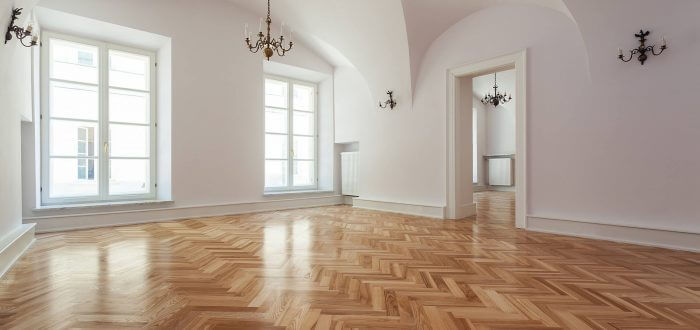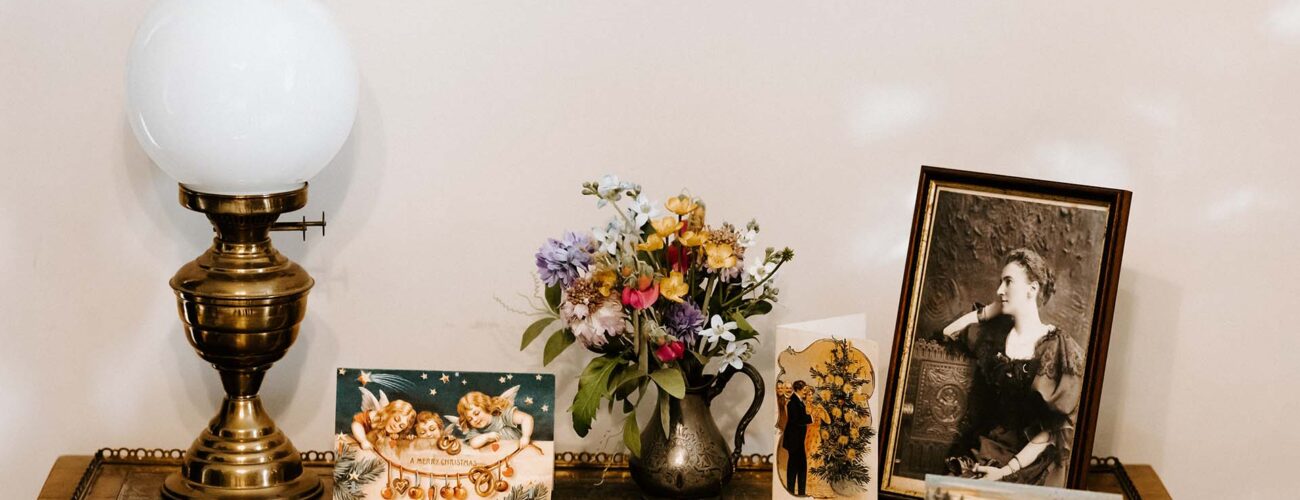

Preserving the Past – How to Pack Antiques for Moving
Posted in How-to on March 4, 2024
Preserving the past while navigating the challenges of the present is crucial when it comes to moving antiques – each piece is not just an item but a story, a legacy, and a fragment of history. That’s why knowing how to pack antiques is so crucial. Whether it’s a centuries-old painting, a delicate porcelain vase, or a piece of vintage furniture, this guide will help you protect invaluable heirlooms, ensuring they continue to tell their stories for generations to come.
How to Pack Antiques for a Long Move
Protecting valuable antiques during a move demands meticulous planning, the selection of specialized packing materials, and tailored techniques to protect each unique item. From wrapping fragile pieces in acid-free paper and bubble wrap to securing them in custom crates and reinforced boxes, every step is crucial. Choosing experienced professional movers for antiques, such as Cross Country Movers, and ensuring proper insurance coverage is pivotal to safeguarding these irreplaceable treasures, ensuring they are preserved for future generations to cherish.
Start by Knowing Your Antiques
Before embarking on the journey of moving cross-country with antiques, a thorough understanding of what you’re transporting is essential. Each antique carries with it a unique set of characteristics that dictate how it should be handled, packed efficiently, and moved. This understanding forms the bedrock of preserving the integrity and essence of precious items during the relocation. It involves recognizing not just the physical attributes of each piece but also acknowledging its history, its fragility, and its value, both monetary and sentimental.
Assessing the Fragility and Value of Each Piece
The first step in the process of figuring out how to pack heavy antiques when moving across country is identifying their most vulnerable parts. For instance, the legs and arms of antique furniture may be more prone to damage, while the glaze on a ceramic vase could be susceptible to cracking. Understanding these vulnerabilities allows for the creation of a customized packing strategy that addresses the specific needs of each item, ensuring that these cherished pieces are protected against the stresses of movement.
Equally important is the assessment of each item’s monetary and sentimental value. This step is not just about understanding what the antiques are worth in a financial sense but also recognizing their irreplaceable sentimental value.
Obtaining a professional appraisal or conducting thorough research can provide an accurate valuation, which is crucial for insurance purposes. Ensuring that your items are adequately insured before the relocation provides a safety net, offering peace of mind that their value is recognized and protected.
Proper Pre-Move Preparation Makes Everything Else Run Smoothly
Proper moving preparation is critical to the preservation of antiques. This often involves gently cleaning each piece to remove dust and debris that could cause damage during transport. For certain items, stabilization may be necessary to secure loose parts or reinforce weak areas, preventing further damage.
Documenting the current condition of each antique item through detailed photos or videos is an indispensable part of the pre-move preparation and one of the most useful antique moving tips. This documentation provides a clear baseline of the item’s condition before the move, which can be crucial in the event of any disputes with moving companies or insurance claims.
It allows for a detailed comparison before and after the move, ensuring that any changes in condition are accurately recorded. This meticulous approach not only aids in accountability but also in the careful monitoring and management of the items throughout the process.
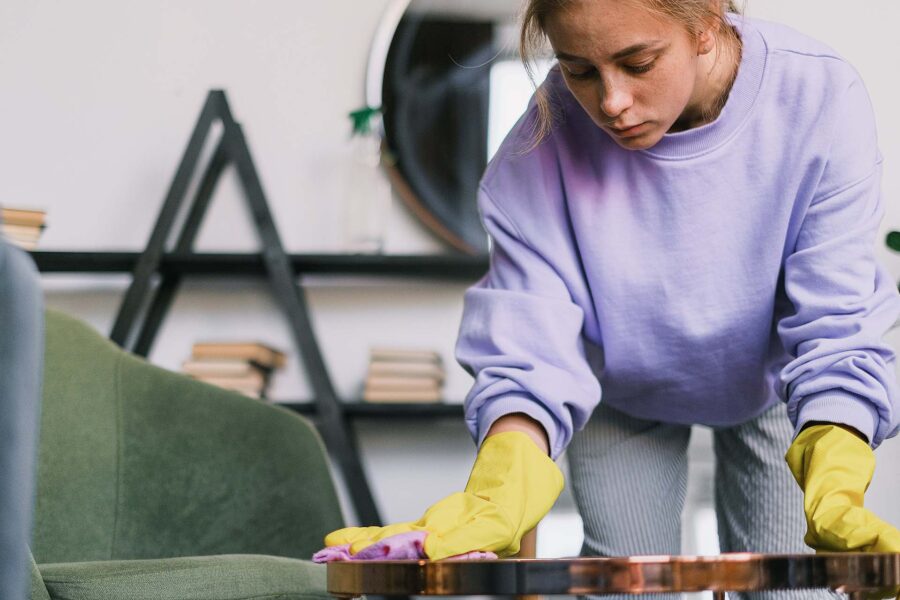
Gathering Specialized Packing Materials
Securing the right packing materials is a critical step in the process of relocating antiques. The materials chosen must not only accommodate the diverse shapes, sizes, and structures of antique items but also provide optimal protection against the rigors of transportation. This step goes beyond merely collecting moving boxes and padding – it involves a careful selection of specialized materials designed to preserve the condition of valuable and irreplaceable items throughout the move.
Choosing the Right Supplies Is the First Step Towards Efficient Packing
The importance of selecting high-quality protective materials cannot be overstated. Investing in the best possible supplies is not just about physical protection – it’s about preserving the historical and sentimental value of each piece.
High-quality materials are specifically designed to withstand the stresses of moving, providing peace of mind that the antiques are well-protected. The list of essential packing materials includes:
- Acid-free paper is vital for wrapping antiques to avoid chemical damage to delicate surfaces.
- Bubble wrap provides an additional cushioning layer, absorbing shocks and vibrations.
- Sturdy boxes, available in various sizes to accommodate different items, are essential for the safe containment of antiques. You can save some money by getting free boxes on sites like Craigslist.
- Custom crates offer unmatched protection for packing fragile items, ensuring they are securely encased and immobilized.
- Padding materials, such as foam sheets or blankets, are used to fill empty spaces within boxes or crates, preventing movement and potential damage.
We Recommend Custom Solutions for Unique Items
There are instances when off-the-shelf packing solutions simply won’t suffice, particularly for unusually shaped or extremely fragile pieces. In such cases, custom crating becomes an invaluable option. Custom crates are tailored to the exact dimensions and needs of each item, providing a snug fit and optimal protection. These crates can be outfitted with additional supports, padding, and climate control features as necessary, addressing the specific vulnerabilities of each piece.
Custom crating for antiques is especially recommended for items that are not only financially invaluable but also irreplaceable pieces of history or art. The decision to invest in custom solutions should be guided by the item’s fragility, value, and the potential risks associated with moving it.
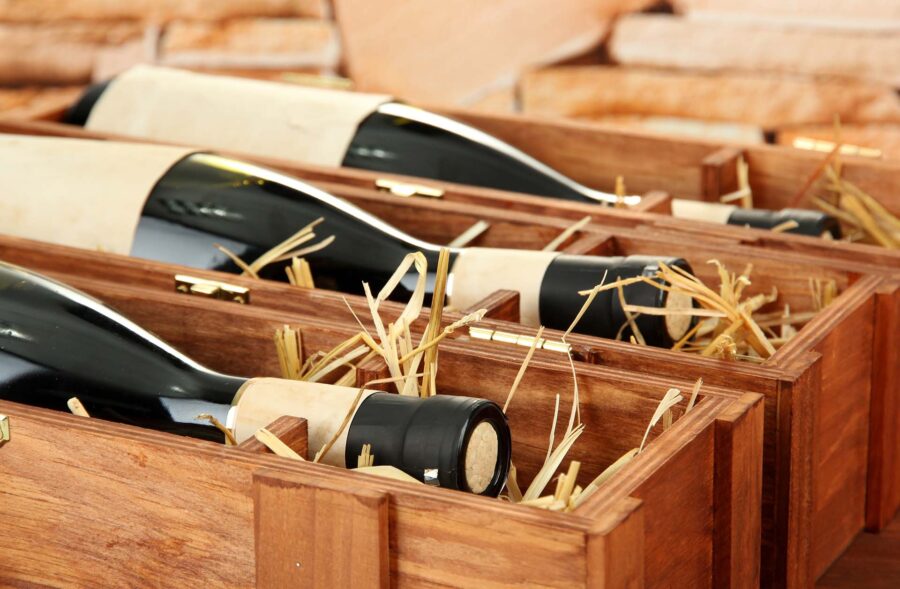
Packing Techniques for Antiques
Mastering the correct packing techniques is fundamental in ensuring the safe relocation of antiques. These techniques are designed to minimize the risk of damage, addressing both the surface protection of items and their stability within their packing environments.
Wrapping for Protection
A meticulous approach to wrapping can significantly enhance the protection of antiques during transit. Start by gently wrapping the item in acid-free paper, which prevents any potential damage from acidic materials. Follow this with a layer of bubble wrap, ensuring complete coverage for cushioning against shocks and vibrations. Secure the bubble wrap with tape, making sure to avoid stubborn tape residue by not placing the tape directly on the item’s surface.
For items with loose parts or detachable elements, it’s crucial to secure these components separately. Wrap each part individually, then attach it lightly to the main body, if possible, or pack it closely within the same box to prevent loss and facilitate reassembly.
Creating a Cushioned Environment
The internal setup of the packing box plays a vital role in safeguarding antiques. Begin by layering the bottom of the box with soft padding materials, such as foam sheets or blankets, to absorb impacts. Once the item is placed inside, fill all empty spaces with additional padding materials. This can include crumpled acid-free paper, foam peanuts, or more bubble wrap, ensuring the item remains immobile during transport. This cushioned environment acts as a buffer, significantly reducing the risk of movement and relocation mistakes.
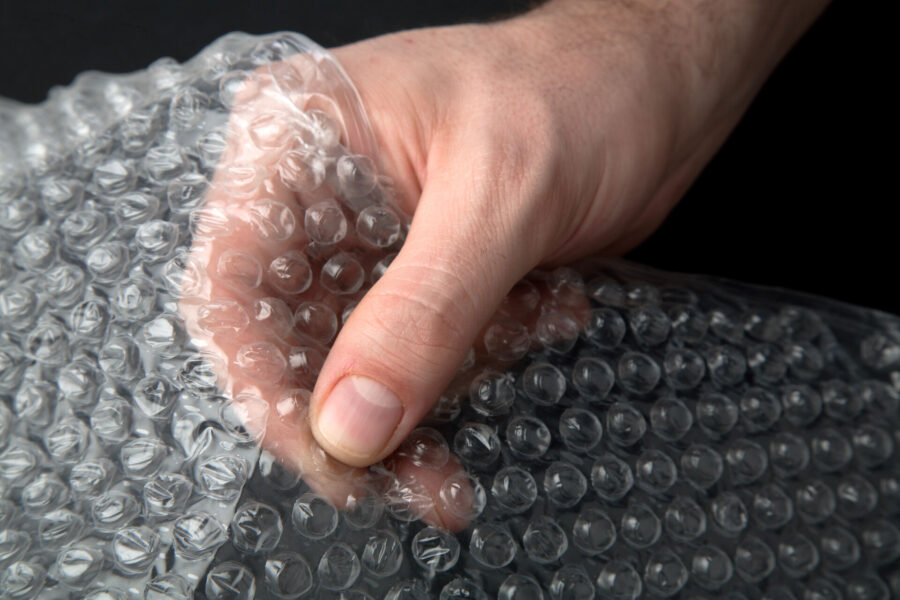
Boxing and Crating Strategies
Choosing the right container for all antique pieces is a crucial decision that can significantly impact their safety during a move. This decision hinges on understanding the specific needs of each item, including its size, fragility, and value.
Selecting Appropriate Containers
When deciding between boxes and custom crates, consider the item’s fragility and size. For items that are particularly delicate or valuable, custom crates provide the best protection, as they can be tailored to fit the item perfectly, reducing the risk of movement and damage.
For less fragile items, sturdy boxes may suffice. Regardless of the choice, reinforcing these containers is key to ensuring their integrity throughout the move. Boxes can be reinforced with additional layers of cardboard on the inside or by using strong, high-quality tape along seams and edges.
Sealing and Labeling With Care
Sealing the boxes properly is essential to protect their contents from dust, moisture, and other environmental factors. Use high-quality packing tape to seal all seams and openings securely. For added protection, consider wrapping the entire box in plastic wrap or using a sealable plastic bag for extra-sensitive items.
Labeling each box is just as important as the packing process itself. Clearly write “Fragile” and “This Side Up” on each container to ensure careful handling. Additionally, include a detailed description of the contents and the room they belong to on the moving label, facilitating the unpacking process and helping to keep track of each item throughout the move. This meticulous approach to sealing and labeling not only protects the antiques but also streamlines the process of long-distance moving, ensuring a smoother transition to the new home.

Think About Safe Transport and Insurance Considerations
The transportation of antiques requires careful planning of the move as well as consideration, particularly when it comes to choosing a moving company and ensuring that the valuables are adequately insured. These steps are crucial in mitigating the risks associated with transporting irreplaceable items and ensuring they reach their destination safely.
Choosing a Reliable Mover Is Essential
Hiring reliable cross-country movers experienced in handling antiques is a critical step in ensuring the safe transport of valuable items. It requires a careful evaluation of the mover’s expertise, experience, and policies related to antique handling. Engaging with potential long-distance movers to discuss their cross-country moving services, their approach to packing services and transporting delicate items, and the training their staff undergoes to handle such pieces is essential.
Furthermore, asking questions about their policies on managing unforeseen damages or losses can provide insight into their reliability and commitment to the safety of your antiques. This dialogue not only helps in making an informed choice but also establishes a foundation of trust and confidence in the mover’s ability to safeguard your cherished possessions throughout the relocation process.
Insurance for Antique Transport – Protect Yourself
Understanding the intricacies of moving antiques – from selecting the right packing materials and employing meticulous packing techniques, to choosing experienced movers and ensuring adequate insurance coverage – underscores the importance of each step in the process. It’s a delicate balance between preserving the physical integrity and the historical significance of these treasures.
As you navigate through these challenges, the ultimate goal remains clear – to transport the antiques safely to your new home, where they can continue to be appreciated and cherished for generations to come. This journey not only safeguards our connections to the past but also enriches our present and future with stories and beauty that only time-honored antiques can provide.
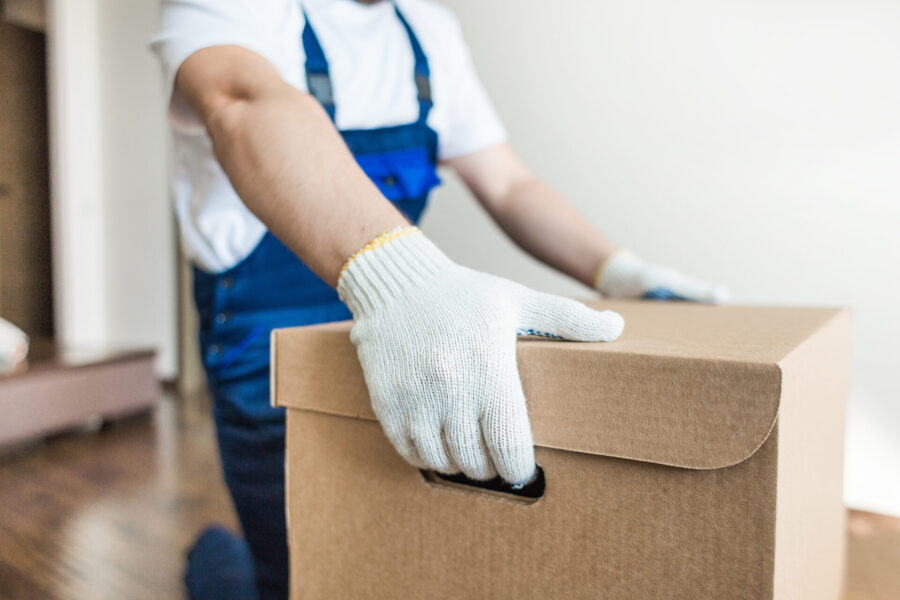
Preserving Timeless Treasures – A Finale on the Art of Antique Relocation
The successful packing and moving of antiques is an art that combines precision, care, and a deep understanding of the value and fragility of each piece. But more than anything, it’s about finding a partner like Cross Country Movers you can trust to properly take care of all precious belongings.
So, contact us and allow our team to safely move your antiques, offering peace of mind throughout the process. We are dedicated to ensuring that these precious links to the past arrive safely at their new home, allowing them to continue telling their stories and enriching lives with history and beauty.
Frequently Asked Questions
How Do I Determine the Right Amount of Insurance Coverage for My Antiques?
To determine the right amount of insurance coverage, obtain professional appraisals to ascertain the current market value of each antique piece. This valuation will guide the insurance amount needed to adequately protect them against loss or damage.
Can I Pack and Move My Antiques Myself, or Should I Hire Professionals?
While it’s possible to pack and move antiques yourself, hiring professionals is advisable for optimal protection, especially for highly valuable or fragile items.
What Are the Biggest Risks to Antiques During Transport, and How Can I Mitigate Them?
The biggest risks include physical damage from improper packing or handling, environmental damage from temperature changes or moisture, and loss. Mitigate these by using appropriate packing materials, hiring experienced movers, and ensuring a climate-controlled transport environment.
How Do I Prepare a Large Piece of Antique Furniture for Moving?
Prepare a large piece of antique furniture by first cleaning and stabilizing it. Remove any detachable parts, wrap the piece in protective materials like bubble wrap and relocation blankets, and secure loose components to prevent damage during transport.
What Should I Do Immediately Upon Arrival to Ensure the Condition of My Antiques?
Upon arrival, carefully inspect all pieces for any signs of damage or alteration in condition. Document and report any issues to the movers or insurance company immediately to address potential claims.







